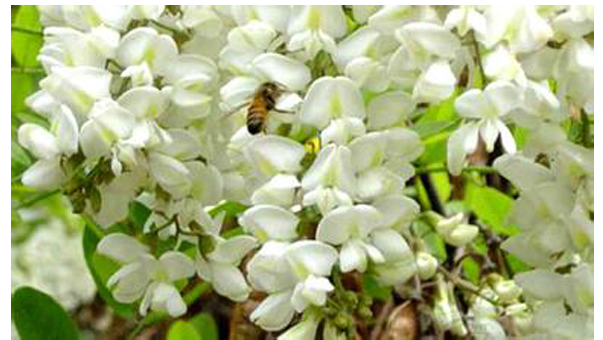2016 High quality Quercetin Wholesale to Burundi
2016 High quality Quercetin Wholesale to Burundi Detail:
[Latin Name] Sophora Japonica L
[Plant Source] from China
[Specifications] 90%-99%
[Appearance] Yellow crystalline powder
Plant Part Used:Bud
[Particle size] 80 Mesh
[Loss on drying] ≤12.0%
[Heavy Metal] ≤10PPM
[Storage] Store in cool & dry area, keep away from the direct light and heat.
[Shelf life] 24 Months
[Package] Packed in paper-drums and two plastic-bags inside.
[Net weight] 25kgs/drum
Brief Introduction
Quercetin is a plant pigment (flavonoid). It is found in many plants and foods, such as red wine, onions, green tea, apples, berries, Ginkgo biloba, St. John’s wort, American elder, and others. Buckwheat tea has a large amount of quercetin. People use quercetin as a medicine.
Quercetin is used for treating conditions of the heart and blood vessels including “hardening of the arteries” (atherosclerosis), high cholesterol, heart disease, and circulation problems. It is also used for diabetes, cataracts, hay fever, peptic ulcer, schizophrenia, inflammation, asthma, gout, viral infections, chronic fatigue syndrome (CFS), preventing cancer, and for treating chronic infections of the prostate. Quercetin is also used to increase endurance and improve athletic performance.
Main Function
1.Quercetin may expel phlegm and arrest coughing, it can also be used as anti-asthmatic.
2. Quercetin has anticancer activity, inhibits PI3-kinase activity and slightly inhibits PIP Kinase activity, reduces cancer cell growth via type II estrogen receptors.
3.Quercetin may inhibit histamine release from basophils and mast cells.
4. Quercetin may control the spread of certain viruses within the body.
5, Quercetin may help reduce tissue destruction.
6.Quercetin may also be beneficial in the treatment of dysentery, gout, and psoriasis
Product detail pictures:

Related Product Guide:
Our personnel are generally in the spirit of "continuous improvement and excellence", and together with the outstanding top quality merchandise, favorable price tag and fantastic after-sales solutions, we try to gain every single customer's rely on for 2016 High quality Quercetin Wholesale to Burundi , The product will supply to all over the world, such as: Italy, Greece, Cyprus, We hope we can establish long-term cooperation with all of the customers. And hope we can improve competitiveness and achieve the win-win situation together with the customers. We sincerely welcome the customers from all over the world to contact us for anything you need!
STEVIA PASTRIES
Our Company began to run tests in 2008 and today we are in the pleasant position to supply factories with preliminary mixtures for the preparation of confectionery raw materials based on the natural sweetening agent known as Stevia Rebaudiana.
Our objective is to render the average individual able to enjoy one’s sweets without the usual side-effects created by the various sweetening agents circulating on the market up to this time.
www.steviapastries.com
www.striagni.com
e-mail: info@striagni.com
Amazon-IT: https://kinix.us/ochit/2/it/B01ASENVAI/revisione
Helps You To Get a Good Nights Sleep One of the essential amino acids contained within our Pumpkin Seed Powder is tryptophan.
The largest of the acids, and the precursor of serotonin and melatonin, this helpful protein is important in the regulation of both mood and sleep., Can Ease An Enlarged Prostate: Phytochemicals derived from Seeds and oil have been shown in a number of recent clinical studies to alleviate the annoying symptoms of an prostate., contains almost all of the found in human muscle tissue., Omega Nutrition’s is a versatile and pleasant tasting source of vegetable that is free Gluten, Dairy, Nuts and Sugar.
This is a very professional wholesaler, we always come to their company for procurement, good quality and cheap.







